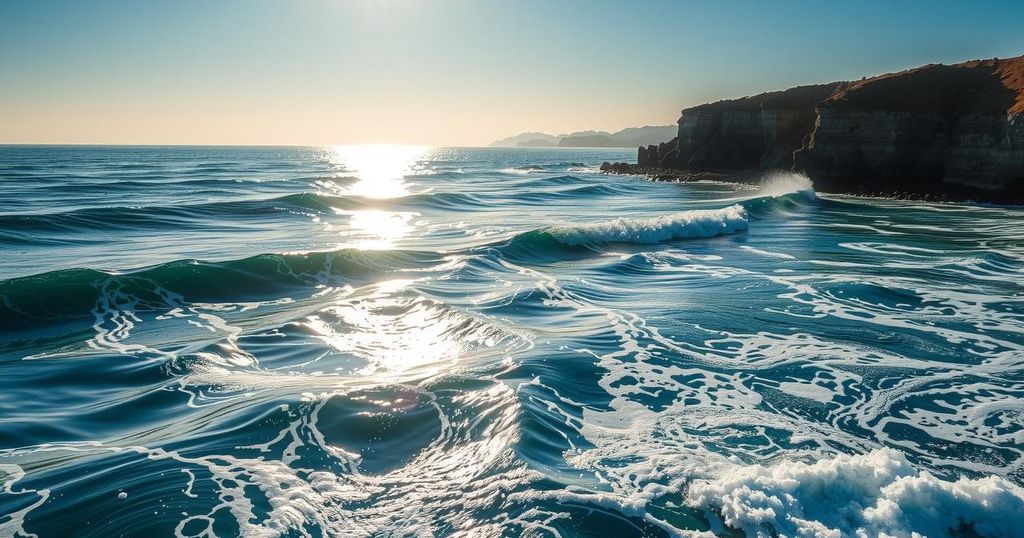Understanding the December 2023 Earthquake off Cape Mendocino: Tsunami Risks and Seismic Activity
The 7.0 magnitude earthquake off Cape Mendocino on December 5, 2023, highlighted the region’s seismological activity without triggering a tsunami. Unlike deep subduction zone earthquakes that often displace water vertically, the strike-slip movement of this event along the Mendocino Fracture Zone did not cause such displacement. Historical understanding underscores the area’s seismic vulnerability, necessitating ongoing vigilance against tsunami threats.
The recent 7.0 magnitude earthquake offshore of Cape Mendocino on December 5 was significant and has raised questions about its potential destructiveness, particularly regarding its lack of associated tsunami activity. While the occurrence of such earthquakes is not rare in the region—with seven recorded in the past century—this event did not generate a tsunami due to the nature of the earthquake’s motion. Unlike subduction zone earthquakes, which typically create vertical displacements of the seafloor leading to tsunami generation, the December 5 earthquake occurred along the Mendocino Fracture Zone. This fault exhibits strike-slip motion where tectonic plates slide past one another rather than move vertically, thus precluding the displacement of ocean water needed to form a tsunami.
Historically, the Cascadia Subduction Zone can produce more significant seismic events capable of creating tsunamis. However, the December earthquake’s location and mechanism did not permit oceanic displacement. Research indicates that while the Cascadia zone has generated substantial earthquakes and tsunamis approximately every 300 to 500 years, the likelihood of predicting future events remains low. The last significant event occurred in January 1700, indicating a potential for future occurrences, yet the timeframe remains uncertain.
Understanding the threat of tsunamis locally, particularly for the Central Coast of California, is essential. A publication in 2018 titled “Between Paradise and Peril: The Natural Disaster History of the Monterey Bay Region” details the history and impact of tsunamis on the Monterey Bay area, documenting seven significant events in the last 125 years, notably the 1946 and 1964 tsunamis, which were generated by substantial earthquakes in the Aleutian Trench.
The coastal regions remain vigilant, balancing scientific research with historical context to prepare for potential natural disaster events, underscoring the need for continued awareness and analysis regarding earthquake and tsunami activities in the region.
The Pacific Basin is subject to numerous earthquakes and tsunamis, primarily caused by subduction zone dynamics where oceanic plates descend beneath continental plates, leading to significant vertical displacements. The Cascadia Subduction Zone is a prominent area that has documented large seismic events, creating a historical context for understanding the implications of earthquakes such as the one recently experienced off Cape Mendocino. Research efforts since the 1960s have further illuminated the frequency and nature of these seismic events and their associated risks, underscoring a historical narrative of tsunamis impacting the Central Coast of California and the need for preparedness against future occurrences.
In summary, the recent offshore earthquake off Cape Mendocino serves as a reminder of the seismic activity prevalent in California, particularly the differences between earthquake types and their potential to generate tsunamis. While the Mendocino Fracture Zone event did not result in a tsunami due to its horizontal movement pattern, historical research illustrates the region’s vulnerability to significant seismic events and the subsequent threats they pose. Continual study and awareness of these risks remain critical for effective disaster preparedness and response.
Original Source: www.santacruzsentinel.com




Post Comment